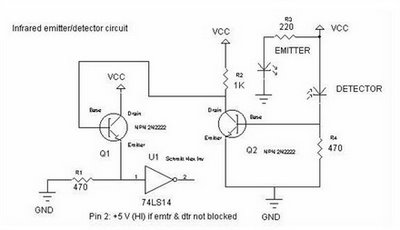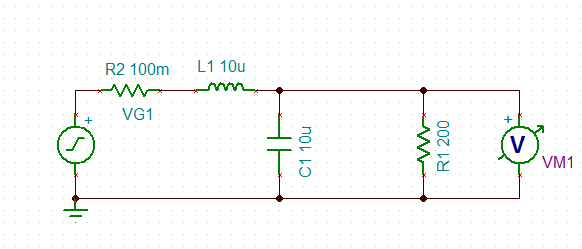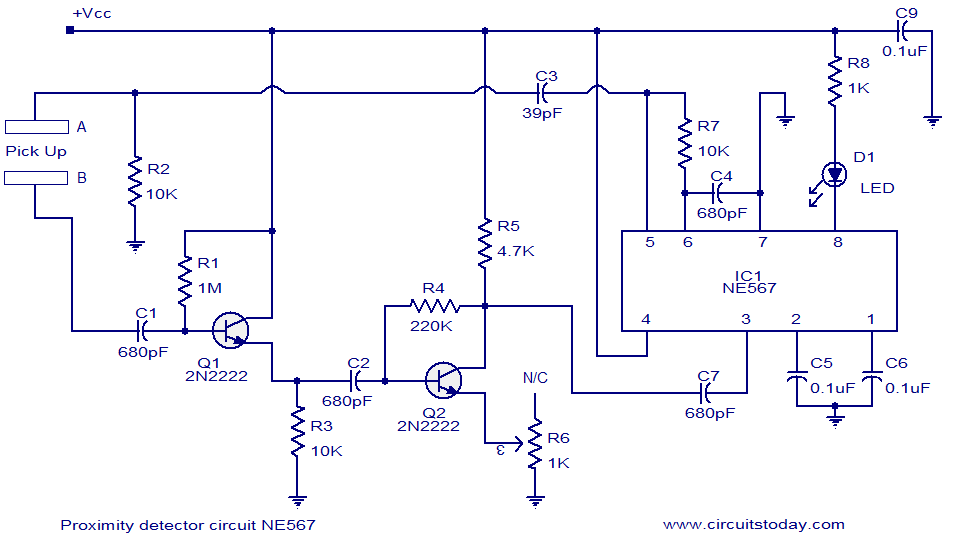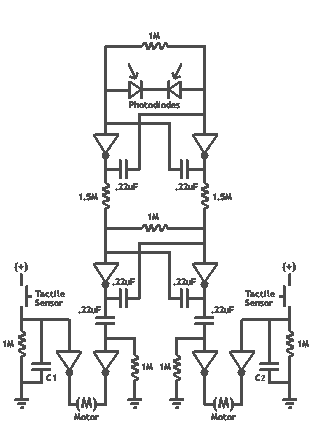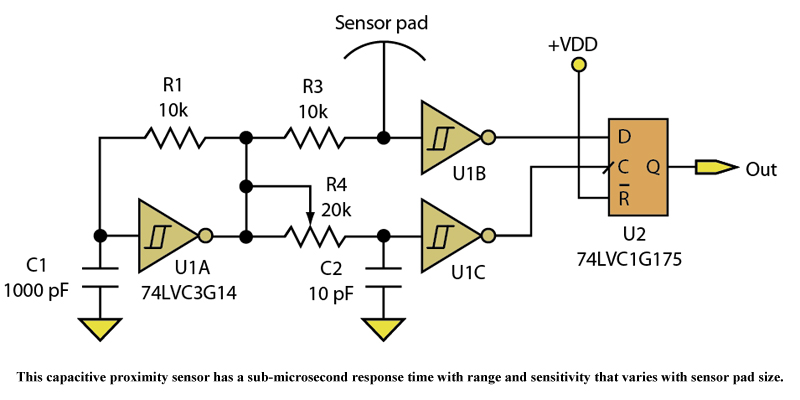
Inductive Proximity Sensors
.jpg)
The inductive sensor is a straightforward device at its core. It consists of a coil of wire with an electric current flowing through it. This sensor primarily ignores most objects that come close to the coil. However, when a metallic object approaches, it acts as a core material within the inductive loop, significantly increasing its inductance. Most non-metallic objects have a minimal effect on its inductance. The more complex aspect of the sensor lies in the sensing circuitry, which detects changes in inductance by monitoring the electric current in the loop. When the inductance varies sufficiently, it activates the sensor's output, sending a signal to another machine to perform its designated function in the presence of a metallic object.
The inductive sensor operates on the principle of electromagnetic induction. The coil generates a magnetic field when an electric current passes through it. The presence of a metallic object alters the magnetic field, leading to a change in the inductance of the coil. This change is detected by the sensing circuitry, which typically includes components such as operational amplifiers, comparators, and microcontrollers to process the signal.
In practical applications, the inductive sensor is widely used in industrial automation for detecting metal objects in a variety of environments. It can be integrated into systems for counting, positioning, and detecting the presence of metallic parts on conveyor belts or in assembly lines. The sensor's output can be connected to relays or programmable logic controllers (PLCs) to initiate actions such as stopping machinery, activating alarms, or logging data.
The design of the sensing circuitry is crucial for the sensor's performance. It must be able to accurately detect small changes in inductance while filtering out noise and interference from nearby electrical equipment. Additionally, the sensor can be designed to operate at different frequencies, which can affect its sensitivity and range. Proper calibration is essential to ensure reliable operation in varying environmental conditions, such as temperature fluctuations and the presence of other electromagnetic fields.
Overall, the inductive sensor is a versatile and reliable device for detecting metallic objects, with applications spanning various industries including manufacturing, automotive, and robotics.The inductive sensor is a simple enough device at the fundamental level. It is simply a coil of wire with a current passing through it. It completely ignores most objects which pass near this coil. However, when a metallic object passes near it, it acts as a core material in the inductive loop which increases its inductance significantly. Most non -metallic objects have a negligible effect on its inductance. The complex part of the sensor is the sensing circuitry which detects this change in inductance by monitoring the electric current in the loop. When the inductance changes enough, it triggers the sensor`s output, which sends a signal to some other machine to do whatever it is it is supposed to do when a metallic object is near the sensor.
🔗 External reference
The inductive sensor operates on the principle of electromagnetic induction. The coil generates a magnetic field when an electric current passes through it. The presence of a metallic object alters the magnetic field, leading to a change in the inductance of the coil. This change is detected by the sensing circuitry, which typically includes components such as operational amplifiers, comparators, and microcontrollers to process the signal.
In practical applications, the inductive sensor is widely used in industrial automation for detecting metal objects in a variety of environments. It can be integrated into systems for counting, positioning, and detecting the presence of metallic parts on conveyor belts or in assembly lines. The sensor's output can be connected to relays or programmable logic controllers (PLCs) to initiate actions such as stopping machinery, activating alarms, or logging data.
The design of the sensing circuitry is crucial for the sensor's performance. It must be able to accurately detect small changes in inductance while filtering out noise and interference from nearby electrical equipment. Additionally, the sensor can be designed to operate at different frequencies, which can affect its sensitivity and range. Proper calibration is essential to ensure reliable operation in varying environmental conditions, such as temperature fluctuations and the presence of other electromagnetic fields.
Overall, the inductive sensor is a versatile and reliable device for detecting metallic objects, with applications spanning various industries including manufacturing, automotive, and robotics.The inductive sensor is a simple enough device at the fundamental level. It is simply a coil of wire with a current passing through it. It completely ignores most objects which pass near this coil. However, when a metallic object passes near it, it acts as a core material in the inductive loop which increases its inductance significantly. Most non -metallic objects have a negligible effect on its inductance. The complex part of the sensor is the sensing circuitry which detects this change in inductance by monitoring the electric current in the loop. When the inductance changes enough, it triggers the sensor`s output, which sends a signal to some other machine to do whatever it is it is supposed to do when a metallic object is near the sensor.
🔗 External reference
